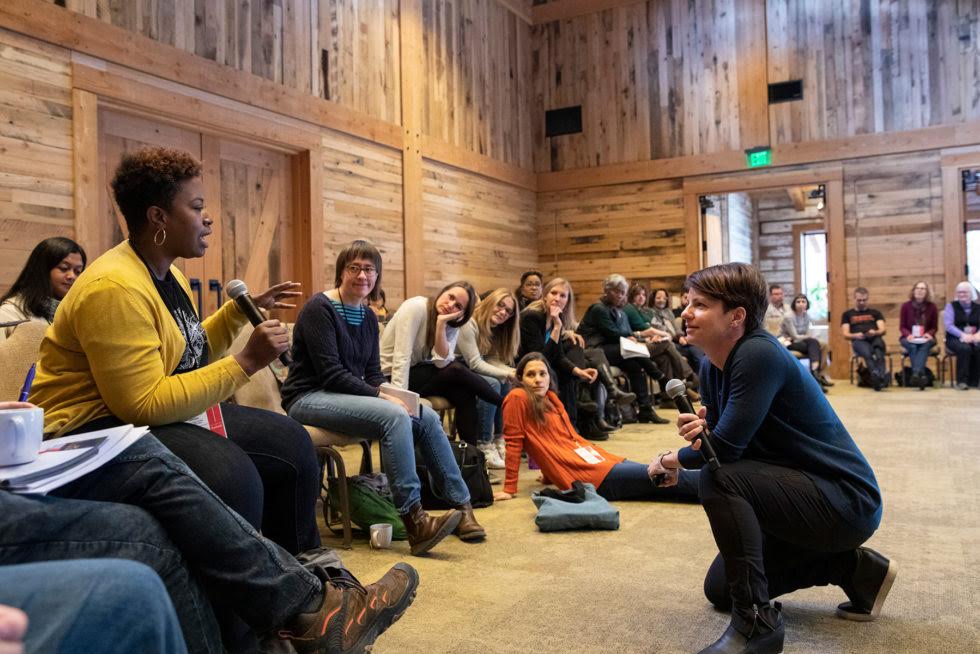Additional Tools

CTN COMMUNITY DIALOGUE TOOLKIT
Congratulations! Your newsroom is Complicating the Narratives! You’re using looping in interviews, listening for deeper meaning, and you’re exploring the complex sides of the issues that you’re covering. You are creating better journalism: stories that lead to understanding and respect for the views of others, rather than contributing to polarization.
But what about your community? Surely the people you serve want to be able to talk about difficult subjects with civility and rediscover the lost American art of listening to people with different beliefs. Hosting such a community conversation is a fresh way for your newsroom to engage people. If you’ve thought about holding such a conversation but didn’t know where to start, this little toolkit will help. We talked to five very different newsrooms, which held five very different types of community conversations. You’ll see exactly what they did and why, how much time and money these events cost, and what they learned.
This toolkit contains a selection of classroom activities designed to improve student engagement with difficult discussions. Our CTN work is packaged to help educators promote fuller engagement and understanding in the classroom. These guides are intended to help students understand that every topic of discussion contains multiple nuanced points of view and ease some of the typical reluctance around engaging deeply with an unfamiliar perspective. These discussion guides contain preparatory materials, in-class activity instructions, and debriefing notes with customization options.
RESOURCES BY CTN FELLOWS
- Chris Green of the Kansas Civic Leadership Center facilitated a panel discussion on abortion – featuring CTN-informed dialogue between three pro-life and pro-choice Kansans.
- Will Schick of StreetSense DC interviewed more than 30 journalists, advocates, government officials and homeless people to create a reporting guide around homelessness, covering topics from respectful language to how to identify sources.